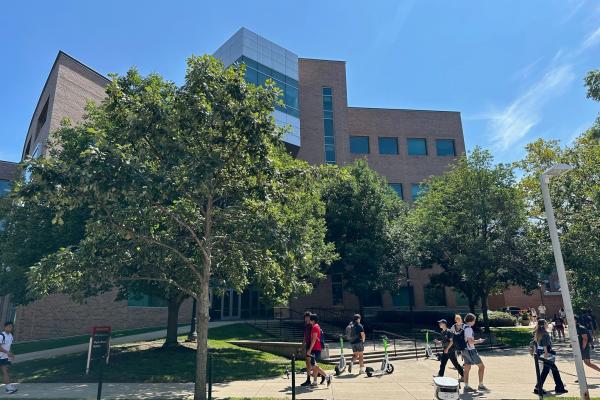
Wed, March 20, 2024
1:30 pm - 3:00 pm
1080 Physics Research Building
Dr. Masatoshi Sato
Yukawa Institute for Theoretical Physics, Kyoto University
Bulk-boundary correspondence in point-gap topological phases
Location: 1080 Physics Research Building
Faculty Host: Yuan-Ming Lu
